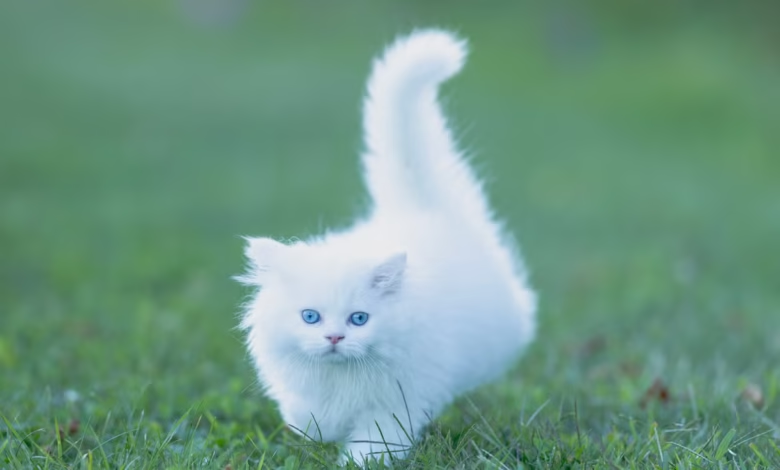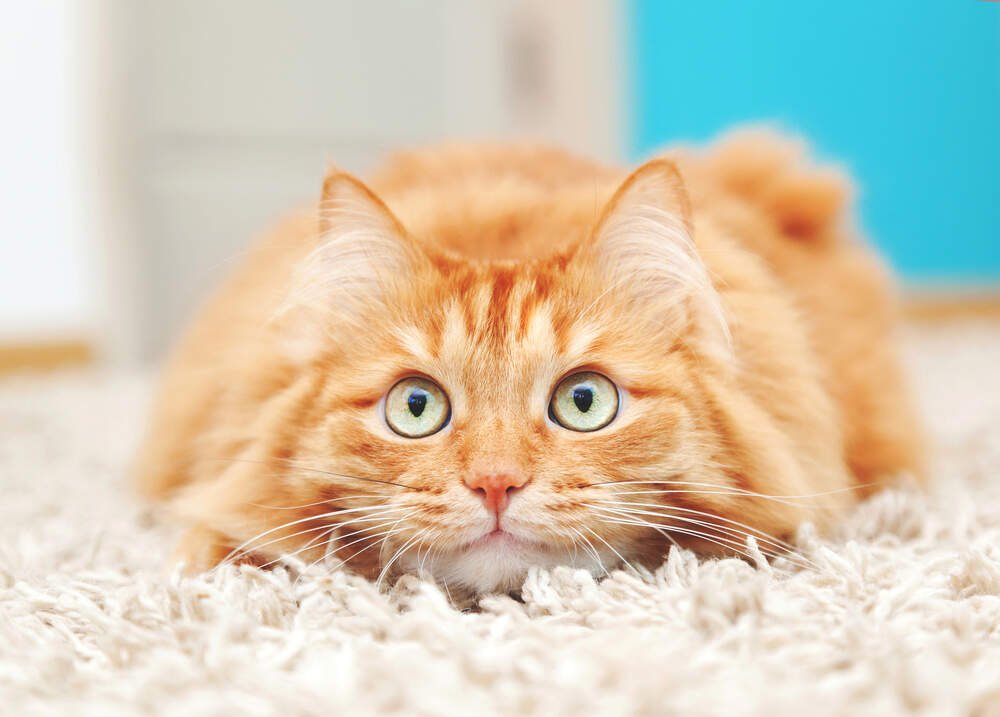The Fascinating World of Cats: Everything You Need to Know About Our Furry Companions

Cats have held a special place in human hearts for centuries. From being worshipped in ancient civilizations to becoming one of the most popular pets globally, these mysterious and affectionate creatures continue to enchant us. In this article, we’ll explore the world of cats — their history, behavior, health, and why they make such wonderful companions.
The Ancient Bond Between Humans and Cats

A Relationship Rooted in History
The domestication of cats dates back thousands of years, with the earliest evidence coming from ancient Egypt. Cats were revered and even considered sacred in Egyptian society. Statues of feline deities like Bastet adorned temples, and it was believed that cats possessed protective powers. Killing a cat, even by accident, could result in severe penalties.
Interestingly, this bond wasn’t limited to Egypt. Archaeological findings in Cyprus suggest that humans and cats coexisted as early as 7500 BCE. A burial site unearthed a cat laid to rest beside a human, indicating the significance of this relationship even in prehistoric times.
Cats as Protectors of Food Stores
One of the primary reasons humans befriended cats was their hunting prowess. In agrarian societies, grain storage attracted rodents, and cats naturally became the guardians of these valuable supplies. Their ability to control vermin made them indispensable, and gradually, humans welcomed them into their homes.
From Wild Hunters to Domestic Companions
Over generations, wild cats that lingered near human settlements adapted to domesticated life. While they retained much of their independent nature, these early housecats learned to trust humans, leading to the affectionate, playful pets we know today. Even now, domestic cats carry the instincts of their wild ancestors, which can be seen in their behavior and hunting tendencies.
Understanding Cat Behavior: What Makes Them Unique?
Independent Yet Affectionate
One of the most intriguing things about cats is their unique blend of independence and affection. Unlike dogs, cats often prefer their own company and value personal space. However, that doesn’t mean they lack warmth or loyalty. Many cat owners will testify to the moments when their feline friends curl up in their laps, purring contentedly.
Cats are selective with their affection. While some breeds are known to be more sociable, most cats choose when and how they want to interact. This independence is part of their charm, offering companionship without constant attention.
Mysterious Body Language
Cats communicate primarily through body language. A flick of the tail, a twitch of the ear, or the dilation of pupils can convey a range of emotions. For instance, a slow blink is a cat’s way of showing trust and affection. Likewise, a cat’s tail held high often signals confidence and happiness.
Understanding these cues can help deepen the bond between a cat and its owner. Paying attention to subtle changes in posture and movement allows for better interaction and ensures that both the pet and the owner feel comfortable in each other’s company.
Playful Predators at Heart
Despite their domestication, cats retain strong hunting instincts. This is evident in their playful behavior — chasing after toys, pouncing on shadows, or stalking imaginary prey. Such activities not only entertain them but also provide essential mental and physical stimulation.
Providing interactive toys or engaging in play sessions is crucial for a cat’s well-being. It helps prevent boredom, reduces stress, and strengthens the connection between the pet and its owner.
Health and Nutrition: Keeping Your Cat Happy and Healthy
Choosing the Right Diet
Cats are obligate carnivores, meaning their diet must consist predominantly of animal-based proteins. Unlike omnivores like dogs, cats require specific nutrients such as taurine and arachidonic acid, which are found naturally in meat. Commercial cat foods are designed to meet these nutritional needs, but it’s essential to select high-quality brands that avoid excessive fillers and artificial additives.
Occasionally, some owners opt for raw or home-cooked diets. While this can be beneficial if done correctly, it requires careful planning and consultation with a veterinarian to ensure all dietary requirements are met.
Regular Veterinary Care
Routine check-ups are vital for maintaining a cat’s health. Annual visits allow for vaccinations, dental care, and early detection of potential issues. Common health concerns in cats include urinary tract infections, obesity, dental diseases, and parasitic infections.
Cats are notorious for hiding symptoms of illness, so owners need to stay alert for subtle changes in behavior, appetite, or litter box habits. Early intervention can make a significant difference in treatment outcomes.
Grooming and Hygiene
While cats are generally meticulous groomers, they still benefit from regular brushing, especially long-haired breeds. Brushing helps reduce hairballs, prevent matting, and keeps the coat clean and shiny. Additionally, trimming their claws and cleaning their ears periodically contributes to their overall hygiene and comfort.
Why Cats Make Wonderful Pets
Low Maintenance Yet Loving
Cats are relatively low-maintenance pets compared to dogs. They don’t require daily walks or constant supervision, making them ideal for people with busy lifestyles or limited living space. A clean litter box, fresh water, quality food, and a few toys are often enough to keep a cat content.
Despite their independent nature, cats form deep attachments to their owners. Their affection is often understated but genuine, shown through gentle nudges, purring, and the occasional headbutt.
Great for Apartment Living
Cats adapt well to smaller living spaces, making them perfect companions for apartment dwellers. As long as they have a window to gaze out of, a few cozy spots to nap, and interactive toys, they remain happy and healthy indoors. Indoor cats also live longer, safer lives, free from the risks of traffic, predators, and contagious diseases.
Therapeutic Companionship
Research has shown that owning a cat can reduce stress, anxiety, and depression. The simple act of petting a purring cat has a calming effect, lowering blood pressure and promoting relaxation. Many therapy programs incorporate cats for emotional support, particularly for the elderly and those dealing with mental health challenges.
Fun Facts About Cats You Might Not Know
They Have a Powerful Memory
Cats possess an excellent memory, especially when it comes to remembering positive or negative experiences. They can recall familiar people, locations, and even routines. This memory helps them navigate their environment and build trust with their owners.
Cats Can Make Over 100 Vocal Sounds
While dogs are limited to about 10 vocal sounds, cats boast an impressive vocal range of over 100 different sounds, including meows, purrs, hisses, and growls. Each sound serves a purpose, whether it’s seeking attention, expressing discomfort, or signaling contentment.
Whiskers Are Highly Sensitive Sensors
A cat’s whiskers aren’t just for show. They serve as sensitive tools that detect changes in air currents, helping cats gauge the size of openings and navigate tight spaces. Whiskers also play a role in hunting, allowing cats to sense the slightest movement from potential prey.
Conclusion
Cats are fascinating creatures with a rich history, unique behaviors, and countless endearing qualities. Whether you’re a seasoned cat owner or considering bringing one into your home, understanding their needs and quirks can lead to a fulfilling and rewarding relationship.
Their blend of independence, affection, and mystery makes them truly one-of-a-kind companions. So, the next time your cat lazily lounges in a sunbeam or playfully chases a stray piece of string, take a moment to appreciate the depth and beauty of the bond you share.



